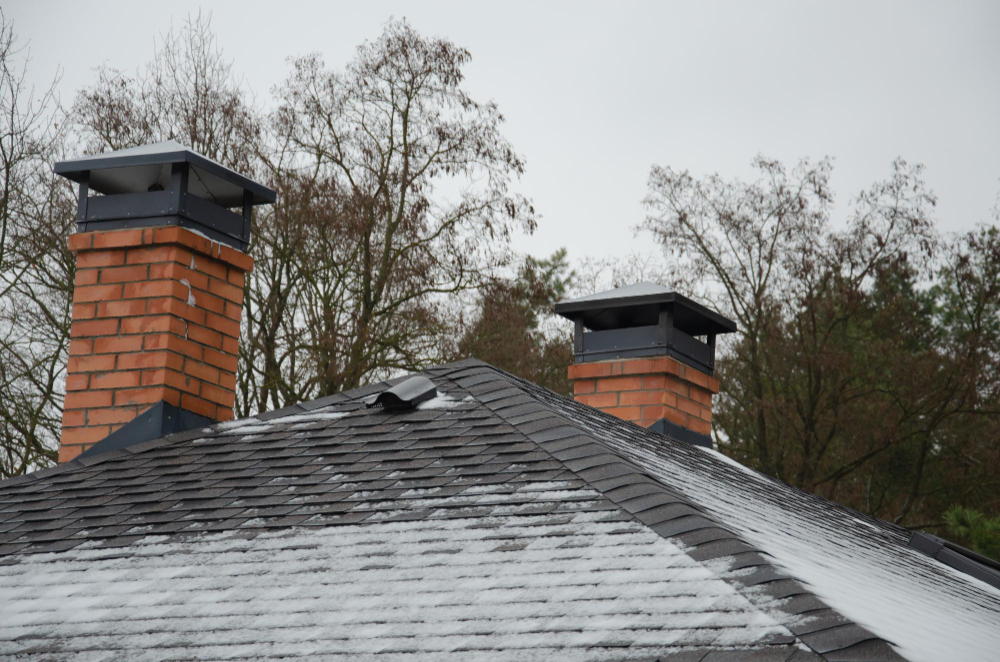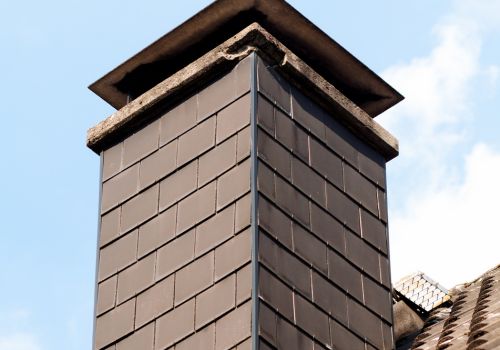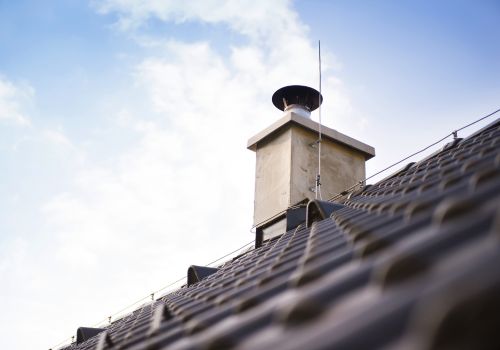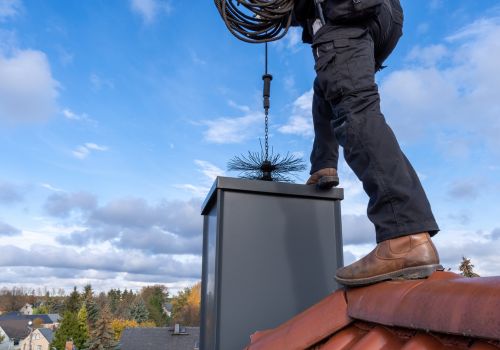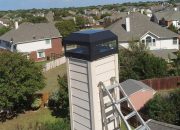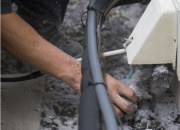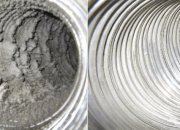Have you noticed an increase in your monthly energy bills? Do you feel like your indoor air quality has been lacking lately–even with a new furnace or A/C unit? Does it feel like your home seems closed off and stuffy as opposed to open and free?
If the answer is yes to any of these questions, it may be time for you to investigate whether or not your air ducts are leaking air. Let’s take a look at the ten most common signs that could indicate you need air duct repair.
1. Increased energy bills.
If you notice an increase in your energy bill and you know it’s unrelated to a hike in prices, chances are you have a leaky air duct. Leaky air ducts equal wasted energy, which means wasting money on your heating and cooling bills.
The most common culprit is the air duct running through your attic, but leaks can happen anywhere throughout the house as well as where vents connect to furnaces and/or air conditioning units. It may be difficult to detect these leaks on your own. Therefore, we recommend getting an expert involved before wasting any more money or experiencing any more discomfort.
2. You aren’t comfortable in your home after adjusting your thermostat.
If you aren’t comfortable in your home even after adjusting your thermostat, you might have a leak in your air ducts. However, it’s important to note that this sign typically points toward a leak elsewhere in the home (like those pesky and often overlooked windows). Still, this issue is usually just enough to be an annoyance if you have a large air leak, so it’s probably best to have your ducts checked. If you’re not sure, get an expert involved.
3. Poor indoor air quality.
Indoor air quality is a rather hot topic at the moment. There is proof that indoor air can be up to five times more polluted than outdoor air, and you could have a part in making it so if your ducts are leaky. If fresh air isn’t circulating throughout your house—which means, of course, replacing the old with the new—your home could end up stifling in stale breathable particles such as dust and pollen.
4. Dry skin and nasal congestion.
You may think that dry skin and nasal congestion symptoms go hand-in-hand, but they actually both signal possible leakage in your ductwork. This leakage lets out all the conditioned (heated or cooled) air from your home, leaving you with dry winter skin in the summer or just plain uncomfortably chilly air. If you notice your symptoms are worse when it’s cold outside, there’s a good chance your air ducts are leaking.
5. Humidifier or dehumidifier running constantly or not working properly.
When you need to run a humidifier or dehumidifier in your home year-round, chances are this means that leaks in your system are letting out all the conditioned air. Outside, unconditioned air is brought in. These pollutants take residence inside your HVAC unit and pump into your house. This probably means that replacement of some parts is in order followed by serious cleaning and disinfecting of all components.
6. Increased respiratory problems or allergies.
If you are more susceptible to increased respiratory problems or have more allergy flare-ups since moving into the home, it could be because of a leaky air duct. This can mean an increase in sneezing, coughing, wheezing and other related issues. Plus, an air duct that leaks outside pollutants inside will worsen these symptoms over time.
7. Damp areas in the home or too much dust and dirt around the vents.
This sign is slightly different than the others, but it’s still worth exploring whether or not there is a leak in your air duct system if there are damp areas in the home. If you have cracks, leaks or openings in your ducts, this can lead to moisture build-up inside the walls of the house itself. So if there are damp patches on the floor or walls somewhere nearby, it could be a sign that air is leaking out of its path through your HVAC system.
Similarly, if you notice there’s too much dust or dirt around the vents, it could mean that your system is leaking air. One way to address this is by having a professional service technician clean the vents and check for cracks or leaks in the ductwork itself.
8. There’s a funky smell in the air.
It might just be your teen’s room, but it could also be a sign that there’s mold in the ducts. Mold may grow due to a leaky air duct because water can seep in through the small cracks. If you notice a musty or earthy smell, we recommend having a technician inspect and clean the ductwork to get rid of any dampness or contaminants inside. If you don’t, mold can grow and spread more easily inside the ducts.
9. You have mold in your attic or walls.
When air duct leakage happens in the home, there are several signs that people will notice almost immediately–including the presence of mold in their attic or walls, which can be particularly dangerous if left untreated. These leaks should always be addressed by a pro right away, so they don’t cause further problems down the road with things like rot and decay in exterior wood framing materials. The reason is that air moving through these areas causes moisture levels to rise, leaving behind water damage and eventual mold growth.
10. The doors and windows creak when opening/closing them.
The final sign is possibly one of the easiest things to notice about your air vents: Do any of your door or window casings make “creaking” sounds when they open and close? When air comes seeping into an outside area (and then back into another) like this, even for just a split second, it can cause doors to creak or even make it sound like your window is broken. It’s best to call a professional service technician when you notice this because some fixes can be done for this particular issue.




